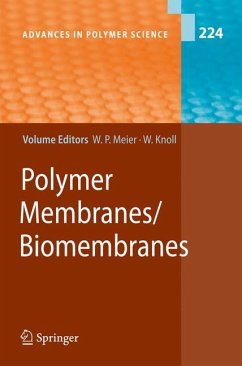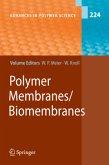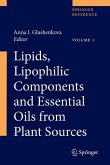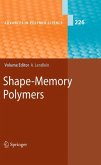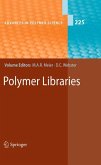Themulticomponentnatureofbiologicalmembranesandtheirintra- andextracel- lar interactions make direct investigations on the membrane structure and processes nearly impossible. Clearly, a better understanding of the membrane properties and the mechanisms determining membrane protein functions is crucial to the imp- mentation of biosensors, bioreactors and novel platforms for medical therapy. For this reason, the interest in model systems suitable for the construction and study of complex lipid/protein membrane architectures has increased steadily over the years. The classical portfolio of model membranes used for biophysical and - terfacial studies of lipid (bi)layers and lipid/protein composites includes Langmuir monolayers assembled at the water/air interface, (uni- and multi-lamellar) vesicles in bulk (liposomal) dispersion, bimolecular lipid membranes (BLMs), and various types of solid-supported membranes. All these have speci?c advantages but also suffer from serious drawbacksthat limit their technical applications. Polymer m- branes comprised of entirely synthetic or hybrid (synthetic polymer/biopolymer) block copolymersappeared to be an attractive alternative to the lipid-based models. Generally, the synthetic block copolymer membranes are thicker and more stable and the versatility of polymer chemistry allows the adoption of relevant properties for a wide range of applications. This volume provides a vast overview of the physico-chemical and synthetic - pectsofarti?cial membranes. Numerousmembranemodelsaredescribed,including their properties(i. e. swelling, drying,lateral mobility,stability, electrical conduct- ity, etc. ), advantages, and drawbacks. The potential applications of these models are discussed and supported by real examples. Chapter 1 summarizesmethodsfor the stabilizationof arti?cial lipid membranes.
Bitte wählen Sie Ihr Anliegen aus.
Rechnungen
Retourenschein anfordern
Bestellstatus
Storno

